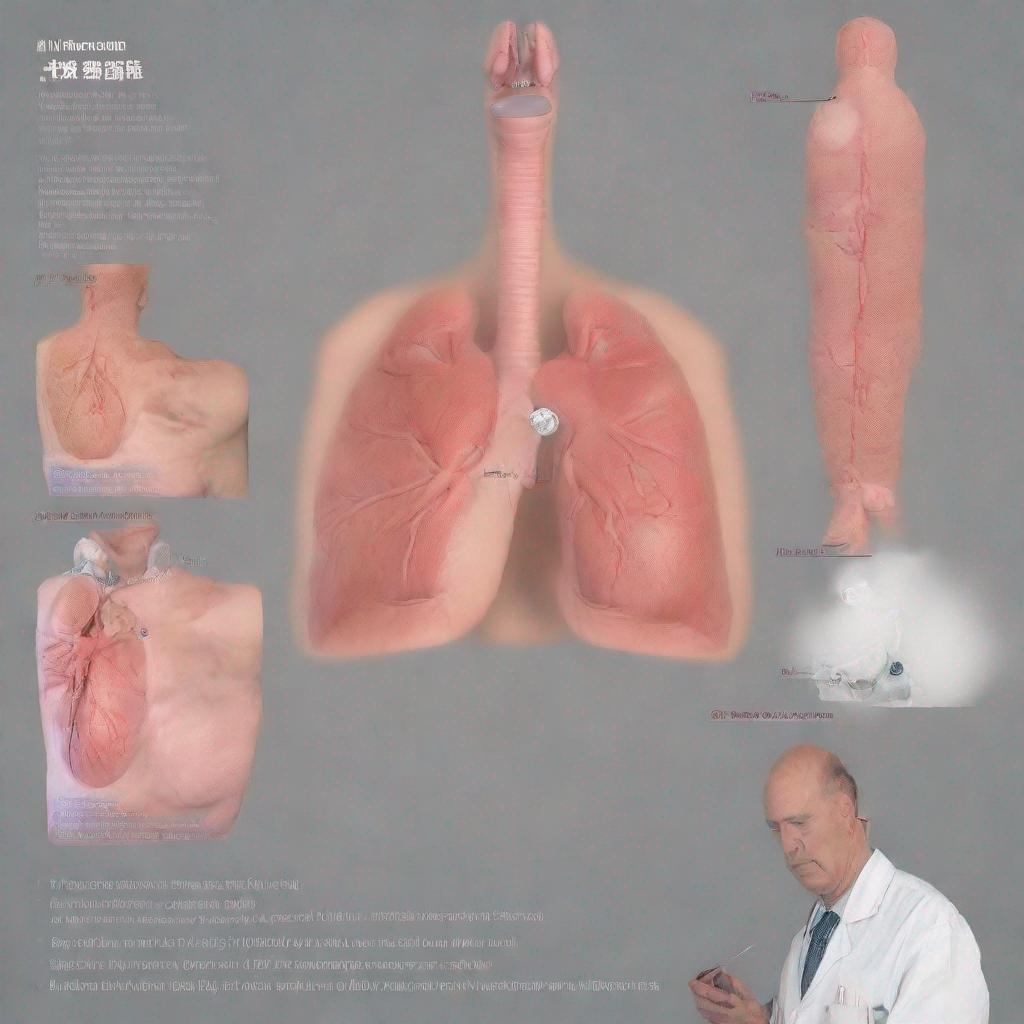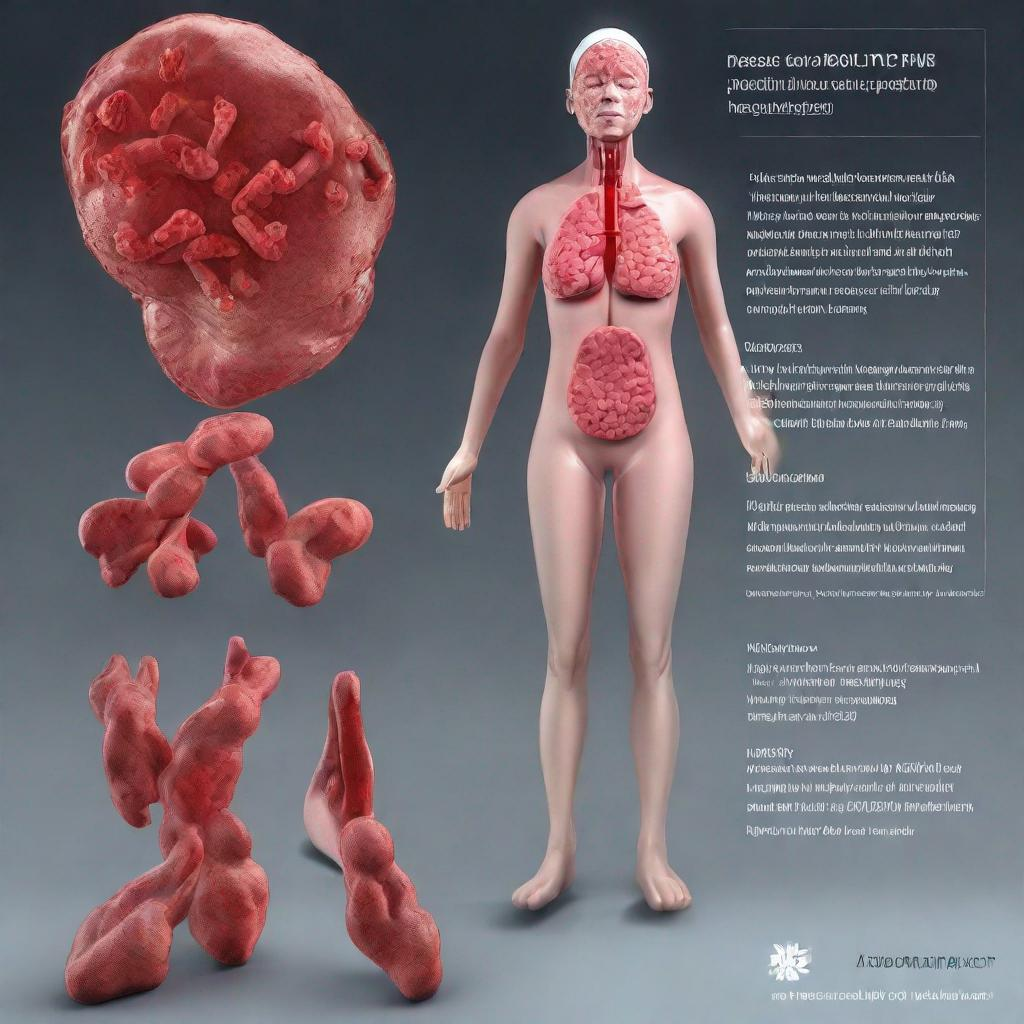## Pulmonary Auscultation: A Comprehensive Guide
### Introduction
Pulmonary auscultation is a physical examination technique used to evaluate the sounds produced by the respiratory system. By listening to these sounds through a stethoscope, healthcare professionals can identify abnormalities that may indicate underlying medical conditions.
### Procedure
Pulmonary auscultation is typically performed by a doctor or nurse. The patient is asked to sit or lie down with their chest exposed. The doctor will then use a stethoscope to listen to the sounds produced by the lungs at different locations on the chest.
The stethoscope is placed on the chest over the lungs, and the doctor will listen for the following:
– **Normal breath sounds**: Soft, rustling sounds that occur during both inhalation and exhalation.
– **Adventitious sounds**: Abnormal sounds that are added to the normal breath sounds. These can include crackles, wheezes, and rhonchi.
### Diagnosis
Pulmonary auscultation can help identify various conditions and diseases of the respiratory system, including:
– Pneumonia
– Asthma
– Bronchitis
– Pulmonary edema
– Lung abscess
– Pleural effusion
– Pneumothorax
– Tuberculosis
### Importance
Pulmonary auscultation is an important test because it can help diagnose and monitor conditions that affect the lungs. By listening to the sounds produced by the lungs, doctors can evaluate the health of the airways, lungs, and pleura.
### Alternatives
In some cases, other tests may be used to evaluate the respiratory system. These tests include:
– **Chest X-ray**: Provides images of the lungs and chest cavity.
– **Spirometry**: Measures the amount of air that can be inhaled and exhaled.
– **Pulse oximetry**: Measures the oxygen saturation of the blood.
### Preparation
No special preparation is required for pulmonary auscultation. However, patients should wear loose-fitting clothing that allows easy access to the chest.
### Duration
Pulmonary auscultation typically takes 5-10 minutes. The results are usually available immediately.
### Recommendations
Depending on the findings of the pulmonary auscultation, other tests may be recommended to confirm or further evaluate the condition. These tests may include:
– Chest X-ray
– Spirometry
– Blood tests
– Sputum culture



